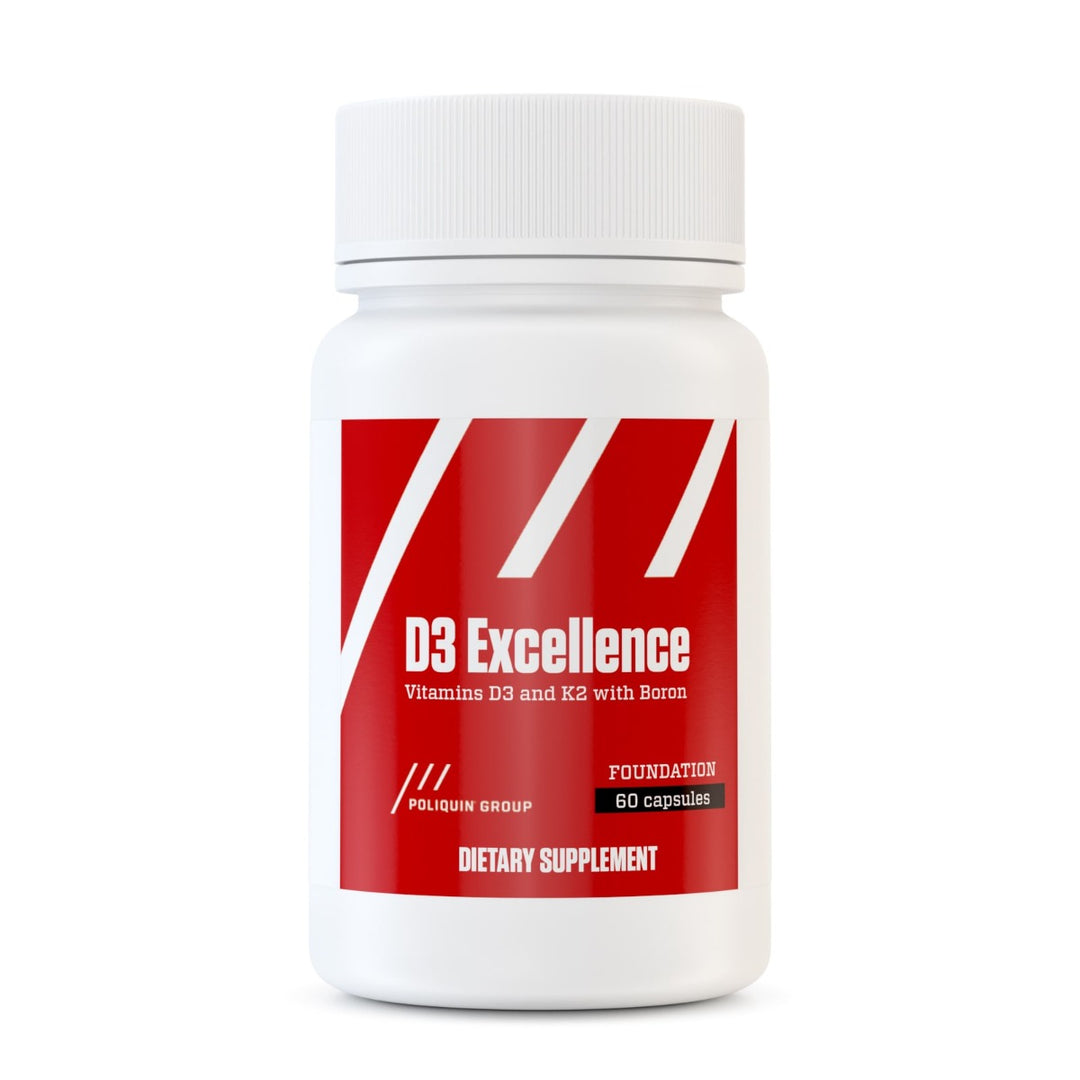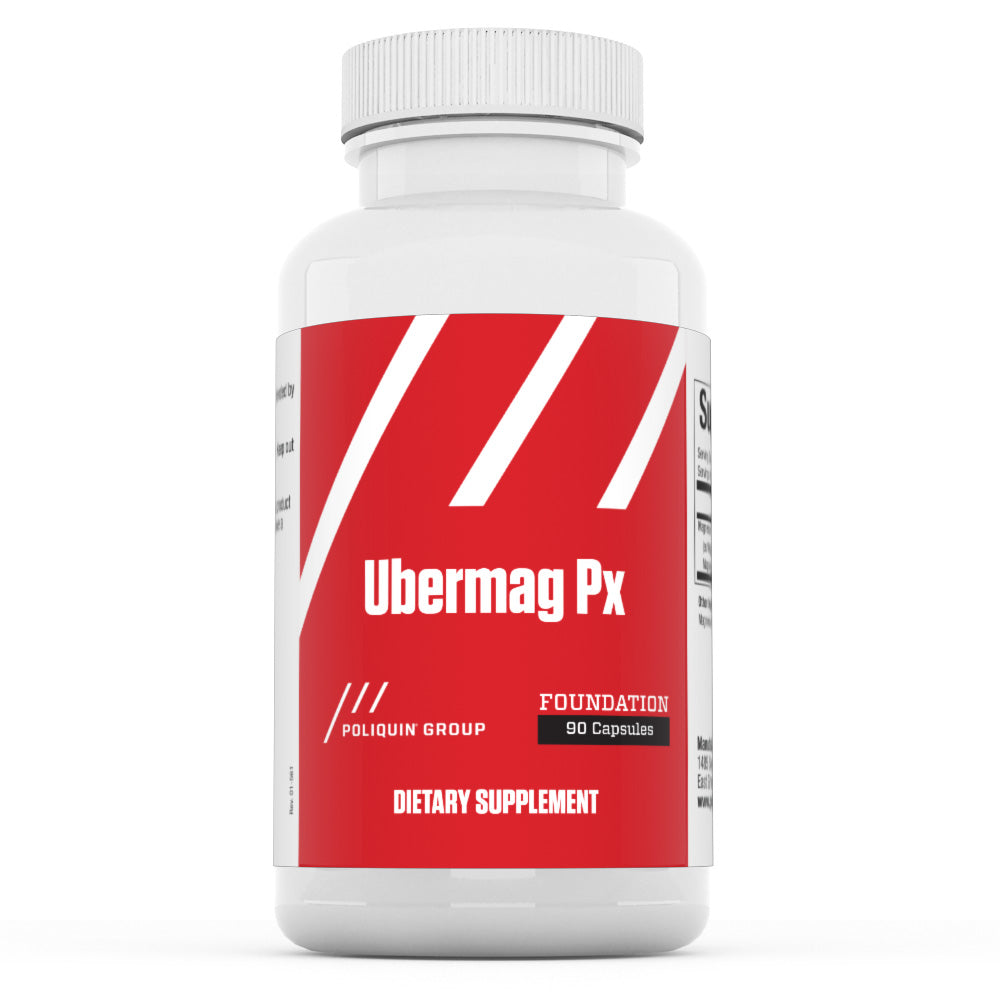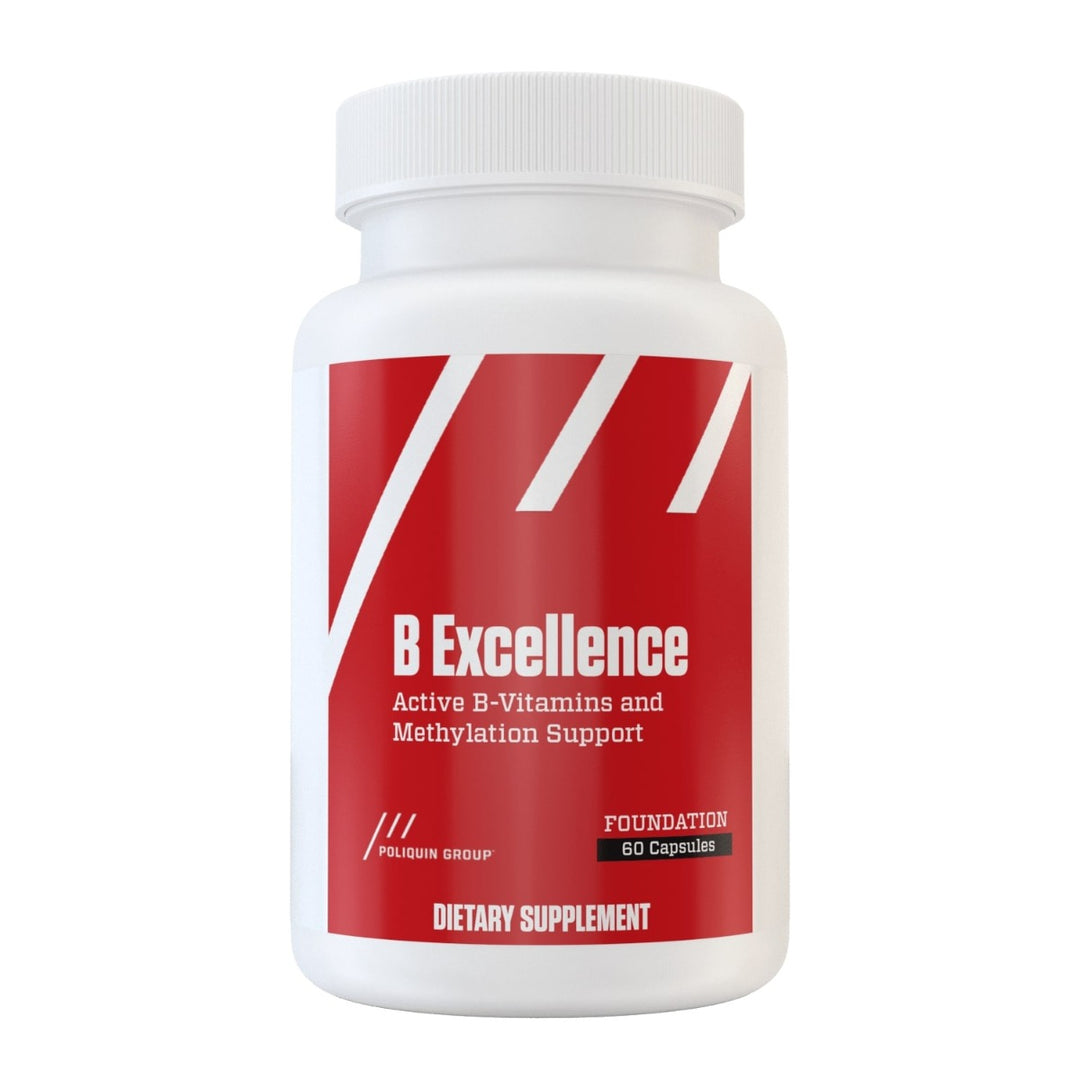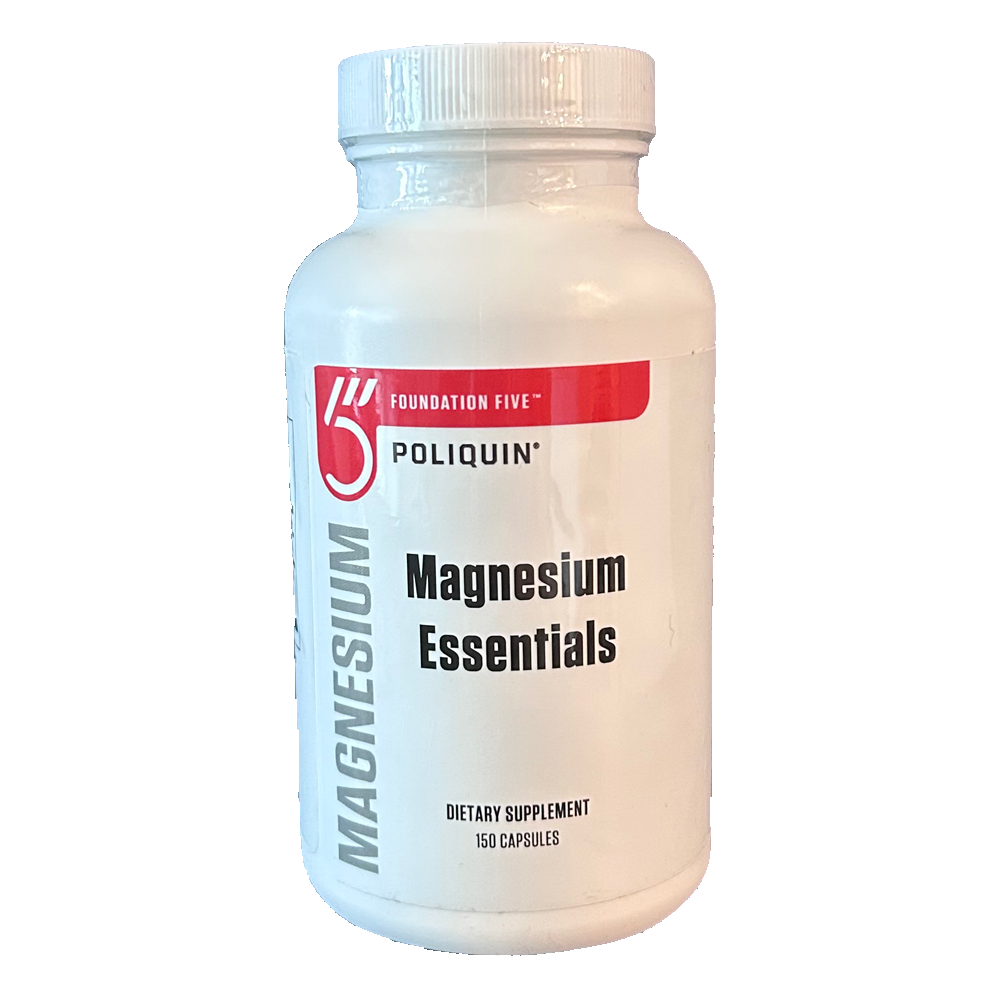You Probably Don’t Need To Be Cutting Your Salt Intake
One of the most entrenched beliefs in nutrition is that salt is bad for us and that everyone needs to strive for a low-salt diet. The National Academy of Medicine advises healthy people eat less than 2,300 milligrams of sodium daily and people at risk of cardiovascular disease to limit their intake to a measly 1,500 mg a day.
These recommendations ignore scientific developments and may be harmful to your health. Evidence has been mounting over recent decades that a reasonable sodium intake is not only benign, but essential to good health and energy levels. More recent studies show that when daily sodium consumption falls below 3,200 mg a day, all-cause mortality increases and life expectancy decreases dramatically. That’s right—achieving the much touted public health targets for sodium intake will significantly increase your risk of dying and shorten your life!
A recent review published in the well-respected journal The Lancet found that the sodium “sweet spot”—the intake range associated with the lowest risk of disease and the longest life expectancy—to be between 3,200 and 5,000 mg a day. Certain populations are most at risk from the dangers of a low salt intake: Healthy middle aged men double their risk of disease and mortality from inadequate sodium. Comparable increases in risk exist for the ill and elderly as well. Low sodium levels at hospital admission are associated with increased length of stay and in-hospital death.
Fortunately, most people listen to their bodies, consuming an average of 3,600 to 3,700 mg of sodium a day when not restricting intake.
Why is sodium important?
Adequate sodium is crucial for biological processes including nerve conduction, muscle contraction, and sustaining the fluid balance necessary to assure blood flow and deliver nutrients and oxygen to every cell in the body. It also helps you deal with stress, and people with elevated cortisol often experienced increase problems coping when on a low salt diet. Of course, athletes and anyone sweating during hard training will also require adequate sodium if they want to perform at their best since sodium plays a primary role in heart function and allows for hydration, drawing water into the body.
Sodium is also necessary for insulin sensitivity and diabetes prevention. Restricting sodium lowers water levels in the body, which the brain senses and compensates for by increasing release of chemicals such as epinephrine, renin, angiotensin, all of which inhibit the action of insulin. As insulin sensitivity is reduced, your body must pump out more insulin to store carbohydrates, which can increase fat storage and compromise metabolic health in the long run.
What can you do to ensure you are getting the right amount of salt?
Eat Whole Foods Instead of Processed Foods
The main reason public health organizations are so obsessed with having you restrict your salt intake is that processed foods, which make up the majority of the average American’s diet, are packed with sodium. Of course, sodium is just the tip of the iceberg when it comes to what’s wrong with processed foods: Added sugar, processed unhealthy fats, excessive amounts of soy and corn, and artificial additives and flavorings are all ubiquitous in processed and packaged foods.
Assess Sweat & Physical Activity Levels
Even if you’re not sweating a lot, active people have higher sodium needs than sedentary individuals due to the role of sodium in muscle contraction and blood flow. If you sweat a lot during training, sodium needs increase significantly. Some people are “salty” sweaters, losing a large amount of sodium in sweat, whereas others lose only a little. In one study of tennis players, sodium loss from sweat ranged from 1.375 to 4.77 grams per hour. Average loss was 2.715 g/hour.
Consider Health Factors
In certain cases a lower sodium intake may be warranted. For example, in the case of severe acne, restricting sodium can help reduce symptoms. Or, if you have kidney disease, a lower sodium intake may be ideal, whereas insulin resistance might indicate a higher sodium intake (with a healthy diet of course!).
Account For Meat Intake
Historically, societies that eat red meat do not require much additional sodium in their diets, whereas vegetarian-based societies seek out salt due to a lower natural sodium intake. Additionally, processed meats use sodium to enhance flavor and as a preservative. Your average 3-ounce portion of turkey deli meat has about 1,000 mg of sodium and 3 ounces of pork sausage has about 621 mg.
Consider Stress Levels
Higher stress levels deplete sodium and increase overall nutrient needs, particularly of magnesium. Consuming high quality, unprocessed sea salt is recommended because it provides a range of micronutrients including magnesium, calcium, and potassium.
Calculate Daily Water & Sodium Needs
A general recommendation is to get a minimum of 1 gram of sodium for each liter of water you drink. For the average person who trains regularly but does not sweat excessively, recommended water intake is 0.6 to 0.7 ounces per pound of body weight.
If you weigh 160 pounds, drink between 96 and 112 ounces of water, which is 3 to 3.5 liters. That equals out to 3 to 3.5 grams of sodium daily, which just hits the sweet spot for “hardwired” sodium intake.
Naturally, if you’re a heavy sweater or are training intensely, water and sodium needs will increase. Remember that salt is only about 40 percent sodium, so if your goal is 3 to 3.5 grams of sodium daily, you need to consume between 7.5 and 8.8 grams of salt daily.











